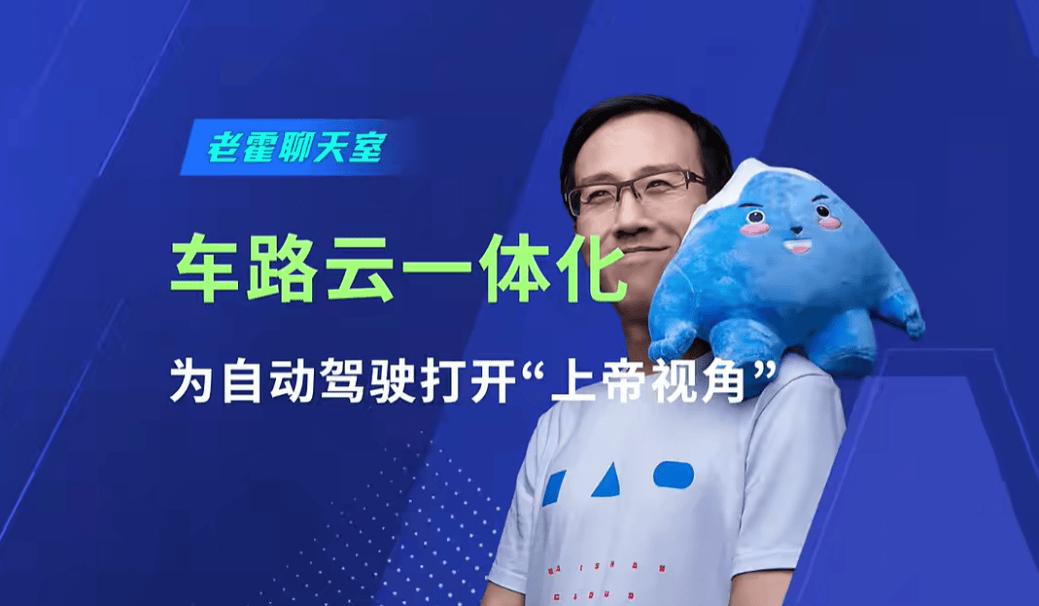Baishan Cloud's Huo Tao Delves into Autonomous Driving and the Concept of 'Vehicle-Road-Cloud Integration'
![]() 05/08 2025
05/08 2025
![]() 632
632
In January 2023, the unveiling of the 'Vehicle-Road-Cloud Integration System White Paper' laid the groundwork for the development of an industrial ecosystem. Building on this momentum, the 'Vehicle-Road-Cloud Integration Practical Application White Paper' in June 2024 propelled the industry towards large-scale application and commercialization. Later that year, in October, the National Highway Traffic Safety Administration of the United States initiated an inquiry into Tesla's 'end-to-end' FSD system, highlighting the limitations of autonomous driving technology. Against this backdrop, Huo Tao, CEO of Baishan Cloud, dissects the merits, challenges, and Chinese context adaptability of Vehicle-Road-Cloud Integration, while envisioning its future convergence with end-to-end solutions.

Huo Tao of Baishan Cloud contends that the Vehicle-Road-Cloud Integration solution transcends the limitations of autonomous vehicle intelligence by seamlessly linking vehicles, roads, and the cloud. Leveraging a new generation of information and communication technologies, it facilitates real-time information aggregation, interaction, and coordination between vehicles and their external environment. This intelligent, connected, and collaborative approach offers autonomous vehicles a superior, more holistic, and precise 'God's perspective.' In complex scenarios, such as low-visibility curves and extreme weather conditions, roadside sensors and cloud intelligence compensate for the shortcomings of onboard sensors, thereby ensuring driving safety.
As to why Vehicle-Road-Cloud Integration is dubbed the 'China Solution,' Huo Tao explains that it is exceptionally well-suited to China's infrastructure endowments and national conditions. China boasts a comprehensive 5G network infrastructure, pioneering advantages in intelligent roadside units, and a robust intelligent connected vehicle industry chain. Furthermore, government-led infrastructure investments provide a solid foundation for the advancement of Vehicle-Road-Cloud Integration.
Addressing the challenges posed by high infrastructure costs and discrepancies in regulations and technical standards in Vehicle-Road-Cloud construction, Huo Tao remains optimistic. He believes that with the promotion of China's favorable industry environment and policy support, these obstacles will gradually be overcome, paving the way for the comprehensive implementation of Vehicle-Road-Cloud Integration.
Huo Tao also emphasizes that end-to-end and Vehicle-Road-Cloud Integration solutions are not mutually exclusive. Despite differing technical paths, they each possess unique strengths and can complement each other. End-to-end deep learning technology can be integrated into Vehicle-Road-Cloud for enhanced data processing and decision optimization. Conversely, roadside sensing and cloud computing capabilities in Vehicle-Road-Cloud can bolster end-to-end solutions with additional data support and computing resources. As technology continues to advance and integrate, these two approaches are poised to collaborate, delivering a safer, more efficient, and more convenient autonomous driving experience.







